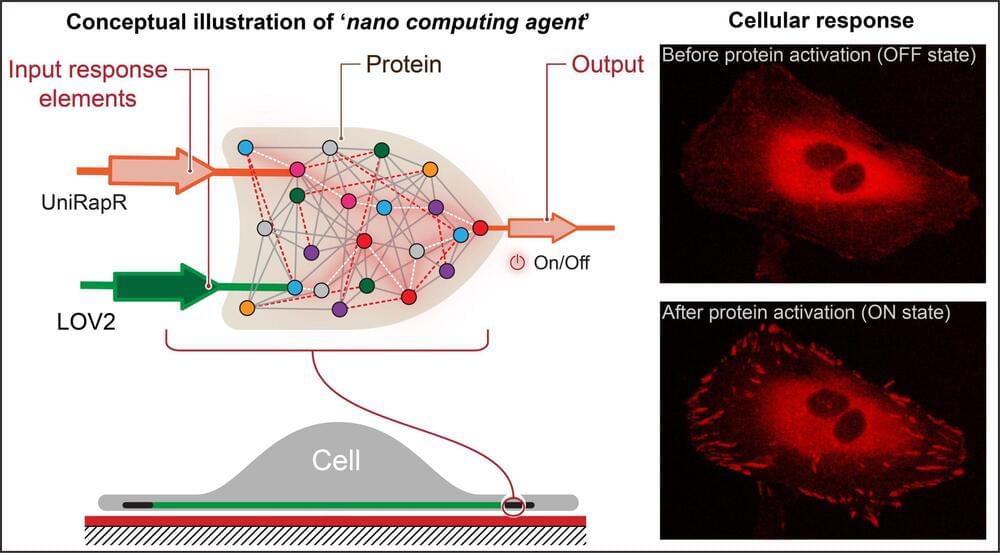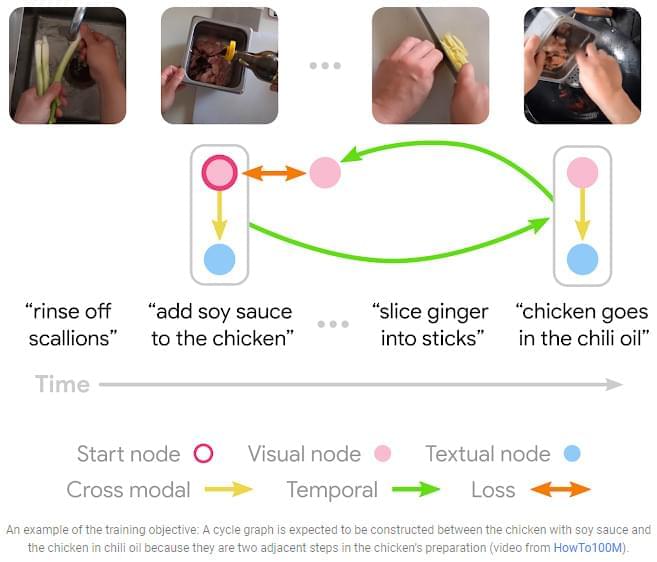Vehicle retrofit company Orten E-Truck has developed an electric truck that incorporates Blackstone’s solid-state batteries. Blackstone is 3D printing the storage cells.



For example, scientists recently treated a patient’s severe depression with a neural implant that zaps her brain 300 times per day and, she says, has allowed her to spontaneously laugh and feel joy for the first time in years. Of course, the treatment requires an electrode implanted deep into the brain, which currently reserves it for the most extreme medical cases — but as brain interface tech inexorably becomes more advanced and widely available, there’s no reason such a device couldn’t become a consumer gadget as well.
At the research’s current rate of trajectory, experts told Futurism, the tech could conceivably hit the market in just a few years. But what we don’t know is what it will mean for us, psychologically as individuals and sociologically as a society, when we can experience genuine pleasure from the push of a button. And all those questions become even more complex, of course, when applied to the messy world of sex.
“A big question that remains unanswered is whether sextech will ultimately become a complement to our sex lives or a substitute,” Kinsey Institute research fellow Justin Lehmiller, an expert on sex and psychology, told Futurism.
Incredible new videos show stem cells escaping from hair follicles, which could provide insight on a new, potentially reversible mechanism of hair loss.
Stem cells contribute to tissue regeneration, and they are thought to play an important role in age-related decline — so much so that stem cell exhaustion is one of the hallmarks of aging. These stem cells reside in “compartments” in various tissues. In the hair, the stem cell compartment, known as the bulge, is adjacent to the hair follicle.
It is extremely hard to monitor stem cell activity in live animals over time, yet this is exactly what the researchers of this study have achieved using noninvasive imaging techniques based on lasers. By anesthetizing mice and putting them inside the imaging device, they were able to observe and record the process of stem cells escaping their compartment.
Researchers watched as escaping stem cells changed their shape and shot out of the compartment as if squeezing through invisible holes, which are most likely structural abnormalities in the membrane. The researchers hypothesize that aging somehow harms the structural integrity of the membrane, but this phenomenon demands further examination. The “rogue” stem cells escape to the dermis, which is the lower layer of the skin. Once there they remained stem cells, and seemed to be doing quite well in the new environment. However, this may not be a good sign, since stem cells are known to contribute heavily to tumorigenesis, and the authors call for more research into the role that escaping stem cells might play in the development of cancer.
The researchers studied both young and old mice. In young animals, the stem cell compartment was well defined, and cells were restricted to their rightful place. In many older mice, however, the researchers noticed the shrinkage of the hair follicle and compartment. The shrinkage was even more pronounced when the compartment showed signs of stem cell escape.
The researchers looked for proteins that were downregulated in the follicles that experienced stem cell escape, zeroing in on two transcription factors (FOXC1 and NFATC1). These identified proteins are indeed known to regulate cellular adhesion and extracellular matrix integrity.


The creation of nanoscale computers for use in precision health care has long been a dream of many scientists and health care providers. Now, for the first time, researchers at Penn State have produced a nanocomputing agent that can control the function of a particular protein that is involved in cell movement and cancer metastasis. The research paves the way for the construction of complex nanoscale computers for the prevention and treatment of cancer and other diseases.
Nikolay Dokholyan, G. Thomas Passananti Professor, Penn State College of Medicine, and his colleagues — including Yashavantha Vishweshwaraiah, postdoctoral scholar in pharmacology, Penn State — created a transistor-like ‘logic gate,’ which is a type of computational operation in which multiple inputs control an output.
“Our logic gate is just the beginning of what you could call cellular computing,” he said, “but it is a major milestone because it demonstrates the ability to embed conditional operations in a protein and control its function, said Dokholyan. ” It will allow us to gain a deeper understanding of human biology and disease and introduces possibilities for the development of precision therapeutics.”

The new theory contradicts earlier predictions that these ‘shortcuts’ would instantly collapse.
Wormholes, or portals between black holes, may be stable after all, a wild new theory suggests.
The findings contradict earlier predictions that these hypothetical shortcuts through space-time would instantly collapse.
Cybernetics can be defined as a multidisciplinary approach to study feedback-driven systems of control between animal and machine.


By Watching Unlabeled Videos.
Recent advances in machine learning (ML) and artificial intelligence (AI) are increasingly being adopted by people worldwide to make decisions in their daily lives. Many studies are now focusing on developing ML agents that can make acceptable predictions about the future over various timescales. This would help them anticipate changes in the world around them, including the actions of other agents, and plan their next steps. Making judgments require accurate future prediction necessitates both collecting important environmental transitions and responding to how changes develop over time.
Previous work in visual observation-based future prediction has been limited by the output format or a manually defined set of human activities. These are either overly detailed and difficult to forecast, or they are missing crucial information about the richness of the real world. Predicting “someone jumping” does not account for why they are jumping, what they are jumping onto, and so on. Previous models were also meant to make predictions at a fixed offset into the future, which is a limiting assumption because we rarely know when relevant future states would occur.
A new Google study introduces a Multi-Modal Cycle Consistency (MMCC) method, which uses narrated instructional video to train a strong future prediction model. It is a self-supervised technique that was developed utilizing a huge unlabeled dataset of various human actions. The resulting model operates at a high degree of abstraction, can anticipate arbitrarily far into the future, and decides how far to predict based on context.

The new feature is part of Google’s Business Messages, a conversational messaging service that allows organizations to connect with people via Google Search, Google Maps, or their own business channels. For instance, Albertsons used Business Messages to share information with customers about vaccine administration. Suppose someone searched on Google for Safeway (an Albertson’s company). In that case, they could use the “message” button on Google Search to receive information like vaccine availability and how to book an appointment.
The new Bot-in-a-Box feature lets businesses launch a chatbot with an existing customer FAQ document, whether it’s from a web page or an internal document, to keep the service simple. The feature uses Google’s Dialogflow technology to create chatbots that can automatically understand and respond to customer questions without writing any code.